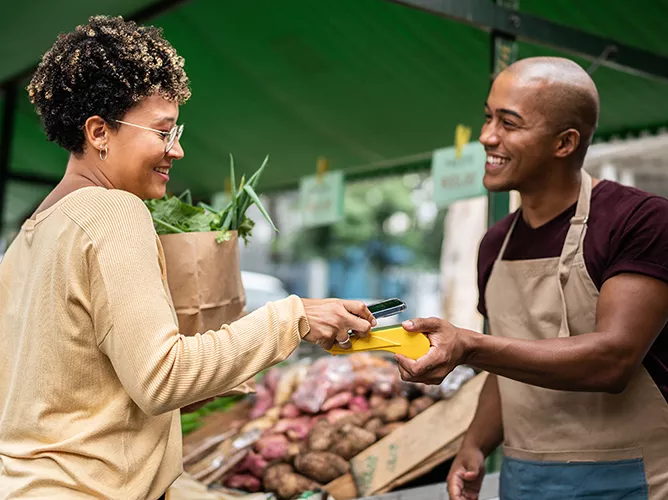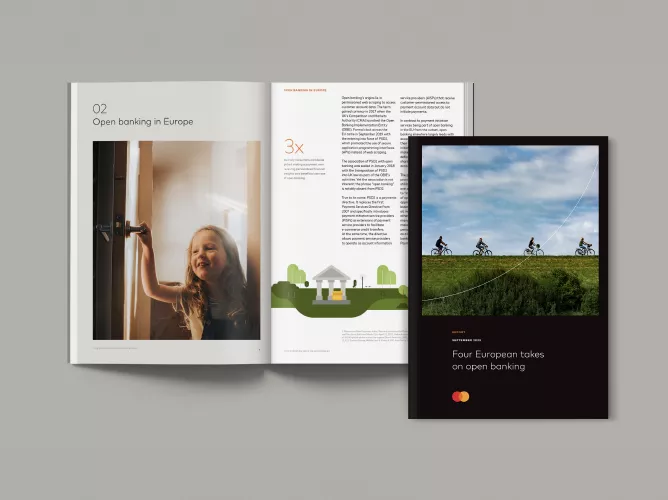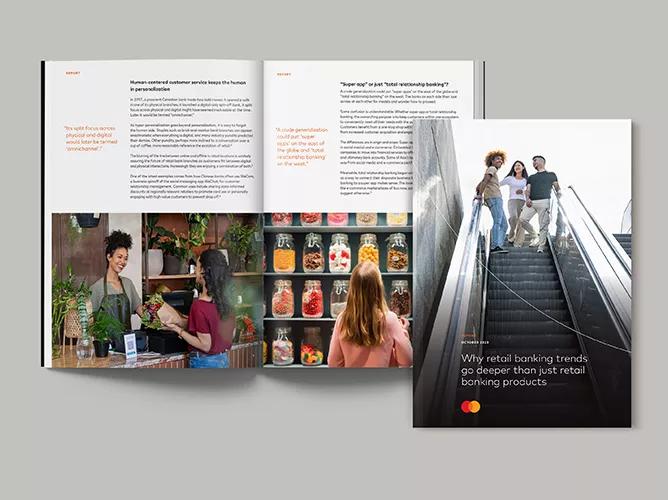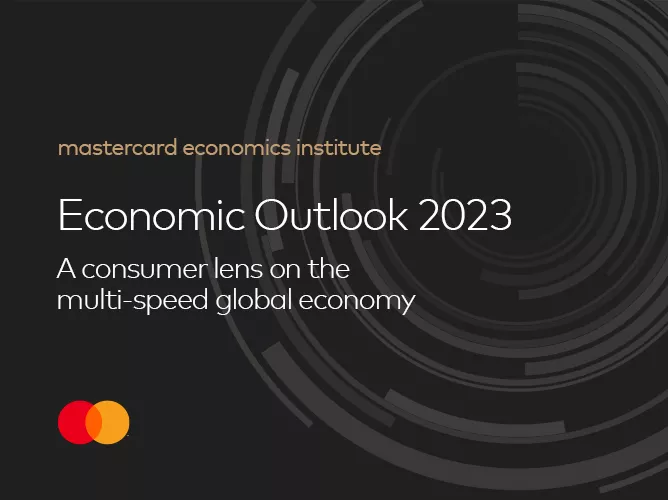August 16, 2023
Games are fun – and gamification has become a serious loyalty strategy that achieves results beyond fun and games.
A key component in many successful customer engagement strategies today, gamification is becoming a bigger focus of loyalty programs thanks to its broad appeal and relevance across industries — from fitness to restaurants and retail. Drawing from elements of gaming like completing missions and earning points, gamification makes it fun to engage with a brand whether a consumer is playing a weekly game that educates them on the car they purchased, improving their performance on an exercise bike or receiving a promotional gift during their birthday month.
Now that traditional points-based loyalty programs are ubiquitous, gamification tactics such as multi-step challenges, games of chance and mini-games help a brand engage, better learn about their customers and stand out among the competition.
Gamification is defined as “the use of game mechanics and experience design to digitally engage and motivate people to achieve their goals,” according to Gartner Research’s 2022 report, “3 Ways Marketers Can Use Gamification to Level Up the Customer Experience.” Simply put, gamification is a fun and effective way to enhance customer engagement, encourage desired behaviors from logging into an app to willingness to try a new product or share a recommendation on social, all while keeping a brand’s name top of mind.
New privacy laws now require consumers be provided with opt-in or opt-out rights to the use of cookies on online platforms. Consumers will engage with greater confidence when loyalty programs are transparent about their privacy practices and give consumers control over their data. Gamification is an opportunity for companies to both verify consent and give consumers an exciting and engaging way to willingly provide the information they choose to share.
The most successful gamification programs strike a balance between simple participation, active and consistent engagement and competition. Whether it be a confetti-blasting spin-and-win or a weekly gifting of promotional discounts, these tactics ultimately reward the consumer for continued engagement with the brand.
A lasting relationship is built by providing a unique experience and tapping into the consumer’s desire to play and be rewarded rather than simply making a purchase. But gamification must be done right.
Gamification is part of an effective customer engagement and retention strategy and any gamification strategy should be an integrated part of your loyalty strategy. Some best practices include:
Ground the gamification strategy in objectives – Decide what you want to accomplish and build around that. Whether your goal is to cross sell between brands or to have more loyalty members download your app, it’s important to establish a strategy around well-planned goals.
Make customer exposure a habit – Gamification is best when it’s not one-and-done. Create a regular cadence of gamification experiences for your customers. For example, if you post a game as a weekly event, customers will recognize the pattern and return to find the next installment. This interaction becomes routine, benefiting both the customer’s desire for the experience and the brand’s desire for consistent engagements. Many gamification providers have automated the game-creation process, making it easy to build new games and keep the consumer experience fresh. The customers who frequently return can become true brand ambassadors for your program.
Connect the games to a conversion activity – Games can be entertaining, but gamification opens up a two-way street in which the customer enjoys a playful experience and the brand opens up an avenue for a potential conversion. Whether games are shared via email or mobile app, they can deepen the relationship with the customer. For example, by linking a survey to a scratch-off game, the customer can be asked to provide feedback on their purchase or some additional profile data for a chance to be rewarded a free item.
Gamification can make the entire customer experience feel like a game to be enjoyed. Encouraging customers to engage with the gamified experience is the first step, and once that is established, it can lead to several benefits, including:
Better brand awareness – A good gamification strategy will have games tailored to different segments of the customer base and personalized to their tastes. Consumers will spend more time with the brand if the gaming experience is fun and engaging. That sense of familiarity and positive associations with the brand helps keep it top of mind when making a purchase. Furthermore, loyalty programs may benefit from members sharing their positive experiences and generating buzz about them among friends and family.
Customer story: How a mobile telecommunications company saw a 3x jump in traffic
As a way to thank their loyal customers, a mobile telecommunications company offered weekly prizes, deals and exclusives. The company partnered with various brands that agreed to provide the prizes, and those partners, in turn, benefitted from the increased exposure generated by play impressions. The games, provided by CataBoom, a SaaS-based gamification and rewards platform in the U.S. that Mastercard partners with to develop and execute games for loyalty programs. The games offered varied based on the brand partner and experience desired by the customer. Not only did the game generate engagement with the mobile telecommunications company by generating 95,000 plays per minute at its peak usage, the campaign also drove a 3X increase in traffic to the brand partners’ websites. Furthermore, some 50% of subscribers engaged with the games, double the normal campaign engagement.
Increased conversion rates – Sometimes, a reward or discount earned by playing a game can encourage a consumer to take the step of becoming a customer. When consumers play games, they can then earn points that can be redeemed for discounts or rewards. The result is greater conversion rates as consumers use the rewards and discounts to make purchases, in the process taking the next step of becoming a customer with a discounted purchase.
Customer story: How a retailer is using a virtual storefront to encourage customer engagement
Most online shopping experiences look and feel similar. One national clothing retailer is turning online shopping into an immersive experience. Customers explore a digital beachfront house and play interactive games like scavenger hunts and quizzes. As consumers continue to engage, browsing clothing items and clicking links to product descriptions, so does the amount of content and games offered. Exposing customers to the product as they explore, along with the introduction of virtual avatars, has increased time spent by an average of 73%, according to CNBC. Add to that, customers engaging with the virtual beach house are, on average, 184% more likely to proceed to checkout.
Amplified results – Many people have a natural desire to win. Whether it’s through collecting points, completing a journey or simply recognizing customer loyalty, gamification satisfies a fundamental human desire to achieve recognition and rewards and gain status and achievements, all while encouraging engagement and amplifying marketing results. By adding a game, a brand may see a 50% increase in web traffic and a 25% increase in subscriber base, according to CataBoom. And once consumers are on a brand’s website or app playing, having fun and learning about the company, it creates an opportunity for the brand to promote its products and drive sales.
Customer story: How a retailer increased interaction with its app by 60%
Sometimes, messages can be a bit much. Frequent mass messaging can lead to digital fatigue, but personalization can be a solution for message fatigue. An Asian Pacific retailer had a loyalty app, but saw little to no engagement with members and cross-sell opportunities remained largely untapped. Partnering with Mastercard, they created a gamified mission board where each customer had their own set of personalized individual challenges. At one point, hundreds of targeted challenges lived in the ecosystem. As a result, the brand saw a 60% increase in app customer engagement and a 6x increase in purchase frequency for game participants versus non-participants in the first 12 months.
Broader consumer reach with a personalized touch – Every consumer is different, and mass generic offers miss out on that individuality. Gamification offers an opportunity to create a more personalized interaction. For example, as consumers complete a series of tasks, they can earn individual badges as they grow in their experience and knowledge of a brand. Conversely, as the consumer becomes more engaged, the brand is able to share offers that are most likely to be relevant and appealing, making personalization a win-win for brands and the customers they serve.
Customer story: How a quick-service restaurant used Web3 to upgrade their rewards program
Over 27 million consumers already use their rewards program, but one quick-service restaurant continues to move forward in innovative ways. Powered by Web3 technology, the new gamified program allows customers to participate in interactive activities like virtual tours, trivia quizzes and games. While learning about the company’s products, loyalty members unlock more benefits the more they interact. With each level richer than the last, the more collectible NFTs and points earned, the more access members gain to exclusive and unique experiences with the brand both digitally and physically in-store that include merchandise, classes and trips.
Improved engagements – One reason games work is because they keep consumers on a brand's site, encouraging them to explore its products and services. Whether through social media, email or other platforms, the more a consumer engages with a game, the longer they stay on the site, giving them opportunities to explore and absorb what the brand offers. A gamification program that provides a range of activities that can be completed online or offline steadily builds a routine and keeps the consumer coming back for more wherever they are.
Customer story: How a technology company saw a 50% increase in return visitors
Gamers love interacting with and learning from each other. A tech company offers an active online forum for PC gamers, where they launched a daily gamification engagement strategy for the community. The tactics developed by CataBoom included trivia-based competitions, collect-and-wins and sponsored events, among others, to award points, badges and rewards. According to CataBoom, as a result, the company’s website saw a 50% increase in return visitors, an 80% increase in community chatter and increased sales from engagement.
We expect loyalty gamification to expand its reach and evolve with time.
As the experience of the customer journey becomes more customized to a customer’s preferences, both the journey itself and the metrics related to the journey will improve. Gamification looks to personalize at scale, and the power of loyalty programs will be strengthened by more engaged members.
After all, a customer who logs in to a loyalty program daily and spends time playing a game vastly differs in their level of engagement from someone who visits occasionally. As more customers participate in the program, their preferences and interests can help brands provide a personalized and differentiated experience. In that way, a loyalty program can grow to be a real, unique and personal connection for each member.
Gamification tactics will also continue to evolve along with technology. From the increasingly widespread use of Web3 to the growing popularity of AI, companies can use technology to learn more about what motivates their customers. By creating gamified experiences that are instant, personalized and engaging, a true two-way value exchange will be created.
Mastercard works with brands to develop and execute loyalty strategies that drive stronger customer relationships. We offer loyalty products and services for the world’s top loyalty brands with the goal of inspiring greater loyalty, through smarter offers and better engagement, rooted in faster and richer data. Our loyalty strategic services include program design, diagnostic services, customer journey mapping, along with loyalty platform offerings. To learn more, request a demo.
Related resources for loyalty programs:
The luxury retail marketer’s guide to customer loyalty
5 restaurant industry trends to watch in 2023
Infographic: The value of mixing in-person and online loyalty initiatives















